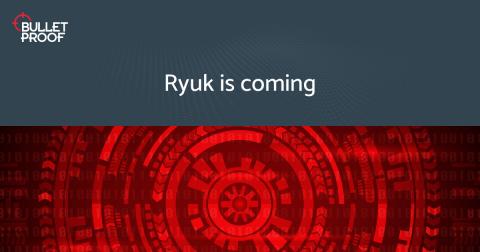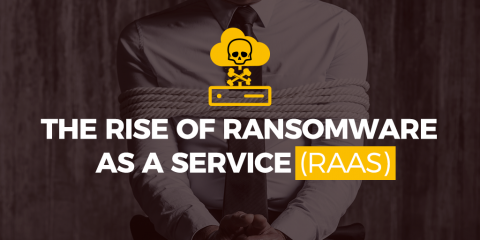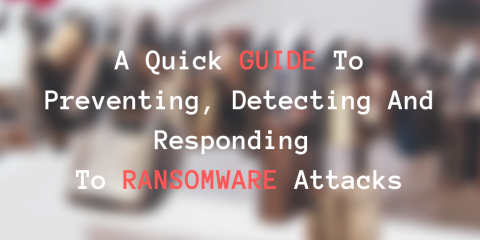Psychological Tricks of the Malware Trade
As a Professional Services Consultant, I have the pleasure of traveling all around the globe meeting clients and talking to a wide variety of IT security professionals who form the front line of defence against malware. One of my favorite topics is how people got their start in their careers in IT, but when I start discussing my own early years and touch upon my university studies, I’m often surprised by the number of people who do a double take when I share my chosen subject.








